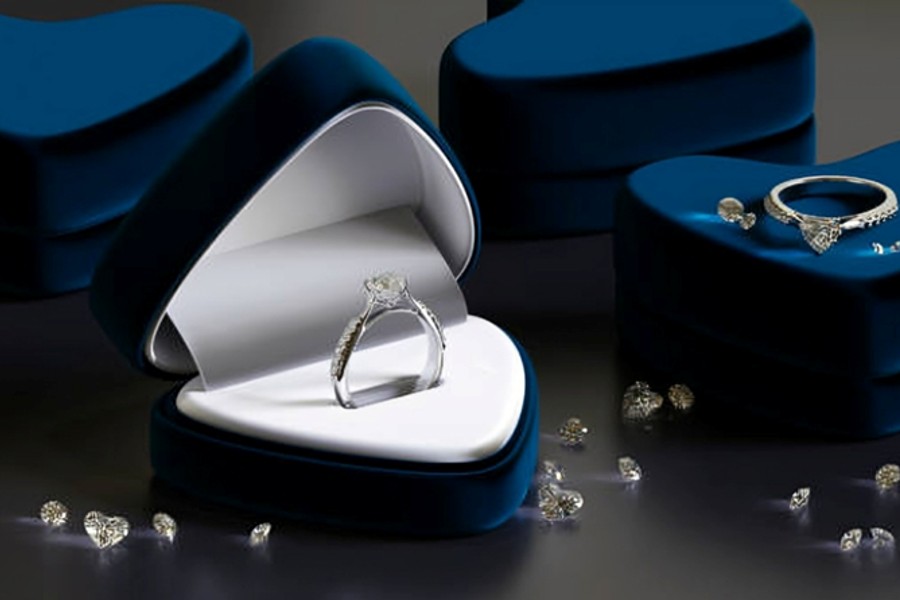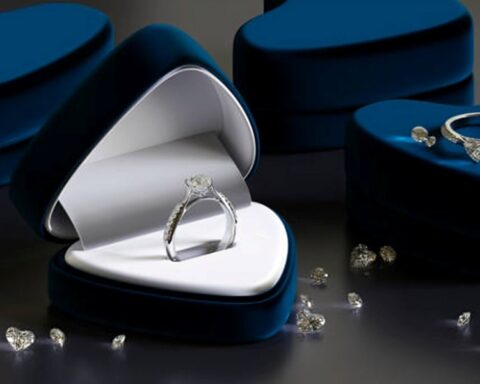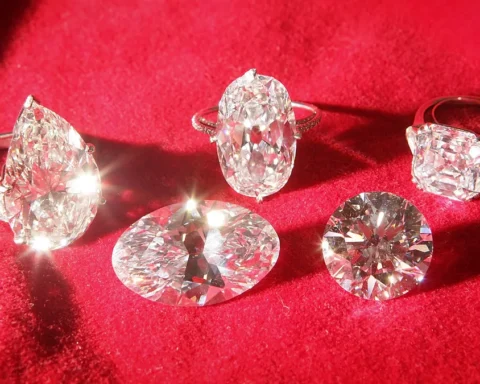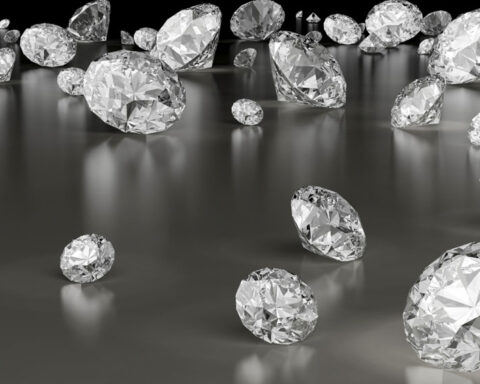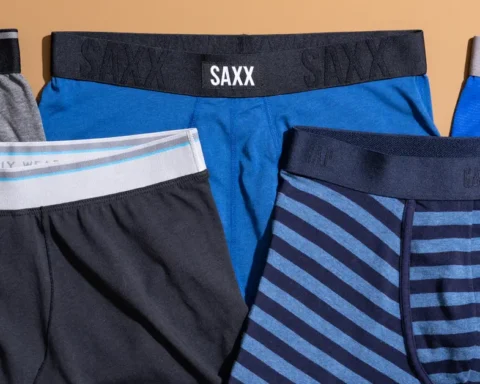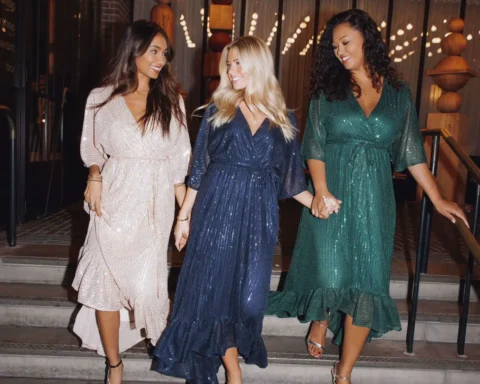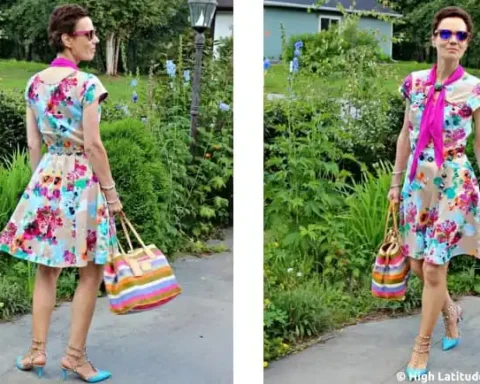When it comes to buying a diamond, the process can seem daunting. With so many factors to consider, it’s easy to feel overwhelmed. But don’t worry, I’m here to help! In this article, we’ll walk through the steps of shopping for a diamond in simple, easy-to-understand language. By the end, you’ll feel confident and ready to find the perfect 3 carat diamond ring.
1. Understanding the 4 Cs
Before you start shopping for a diamond, it’s important to understand the 4 Cs: Carat, Cut, Color, and Clarity. These are the key factors that determine the quality and value of a diamond.
Carat
Carat refers to the weight of the diamond. One carat is equal to 200 milligrams. Generally, the higher the carat, the larger the diamond and the more expensive it will be. However, carat is not the only factor that affects a diamond’s value.
Cut
The cut of a diamond refers to how well it has been shaped and faceted. A well-cut diamond will reflect light beautifully, making it sparkle. There are different cut grades, ranging from Excellent to Poor. It’s important to choose a diamond with a good cut to ensure it looks its best.
Color
Diamonds come in a range of colors, from completely colorless to shades of yellow and brown. The most valuable diamonds are colorless, as they allow more light to pass through and create a dazzling sparkle. Diamonds are graded on a color scale from D (colorless) to Z (light yellow or brown).
Clarity
Clarity refers to the presence of internal or external flaws, known as inclusions and blemishes. Diamonds with fewer inclusions and blemishes are more valuable. Clarity is graded on a scale from Flawless (no inclusions or blemishes) to Included (inclusions and/or blemishes visible to the naked eye).
2. Setting Your Budget
Before you start shopping, it’s important to set a budget. Diamonds can vary greatly in price, so knowing how much you’re willing to spend will help narrow down your options. Remember, the 4 Cs will affect the price, so you may need to make trade-offs to stay within your budget.
3. Choosing a Diamond Shape
Diamonds come in various shapes, each with its unique look. Some of the most popular shapes include:
- Round: The most popular and classic shape, known for its brilliant sparkle.
- Princess: A square or rectangular shape with sharp corners, offering a modern look.
- Emerald: A rectangular shape with step-cut facets, creating a sophisticated and elegant appearance.
- Oval: An elongated shape that can make the diamond appear larger.
- Marquise: A football-shaped diamond that maximizes carat weight and creates a unique look.
- Cushion: A square or rectangular shape with rounded corners, offering a vintage feel.
- Pear: A teardrop-shaped diamond that combines the best of round and marquise shapes.
Consider what shape you or your partner prefers, as this will help guide your search.
4. Selecting a Diamond Setting
The setting is the metal framework that holds the diamond in place. It not only secures the diamond but also enhances its appearance. Some popular settings include:
- Prong: Metal claws hold the diamond in place, allowing maximum light to enter and create sparkle.
- Bezel: A metal rim surrounds the diamond, offering a sleek and modern look while providing extra protection.
- Pave: Small diamonds are set close together in the band, adding extra sparkle.
- Channel: Diamonds are set in a channel within the band, offering a smooth and elegant appearance.
- Halo: The most beautiful engagement rings of smaller diamonds surrounds the main diamond, making it appear larger and more brilliant.
Choose a setting that complements the diamond shape and reflects your personal style.
5. Researching and Choosing a Jeweler
It’s important to buy your diamond from a reputable jeweler. Look for jewelers who are certified by organizations like the Gemological Institute of America (GIA) or the American Gem Society (AGS). These certifications ensure that the jeweler follows ethical practices and provides accurate information about the diamonds they sell.
When choosing a jeweler, read reviews and ask for recommendations from friends or family. This will help ensure you have a positive shopping experience.
6. Comparing Diamonds
Once you’ve chosen a jeweler, it’s time to start comparing diamonds. Use the 4 Cs to evaluate each diamond and determine which one offers the best value for your budget. Look at the diamond’s certification report, which provides detailed information about its quality.
Some online jewelers, like Rare Carat, offer tools to compare diamonds side-by-side. This can help you see the differences in quality and price more easily.
7. Inspecting the Diamond
If possible, inspect the diamond in person before making a purchase. Look at the diamond under different lighting conditions to see how it sparkles. Use a loupe, a small magnifying tool, to examine the diamond’s inclusions and blemishes. This will give you a better idea of its clarity and overall quality.
If you’re buying a diamond online, make sure the jeweler has a return policy. This will allow you to inspect the diamond in person and return it if it doesn’t meet your expectations.
8. Understanding the Certification
A diamond certification is an official document that describes the diamond’s quality based on the 4 Cs. It’s important to buy a diamond that comes with a certification from a reputable organization, such as the GIA or AGS. This ensures that the diamond has been independently evaluated and graded.
Review the certification carefully and make sure the information matches the diamond you’re considering. If you have any questions, ask the jeweler for clarification.
9. Making the Purchase
Once you’ve found the perfect diamond, it’s time to make the purchase. Make sure you understand the jeweler’s return policy, warranty, and any additional services they offer, such as resizing or cleaning. Keep all documentation, including the receipt and certification, in a safe place.
If you’re buying the diamond online, ensure the website is secure and offers insurance for shipping. This will protect your investment in case of loss or damage during transit.
10. Caring for Your Diamond
After purchasing your diamond, it’s important to care for it properly to maintain its sparkle and beauty. Here are some tips for keeping your diamond looking its best:
- Clean regularly: Use a gentle solution of warm water and mild dish soap to clean your diamond. Soak it for a few minutes, then gently scrub with a soft toothbrush.
- Avoid harsh chemicals: Keep your diamond away from harsh chemicals, such as chlorine and bleach, which can damage the metal setting.
- Store safely: When not wearing your diamond, store it in a soft pouch or a lined jewelry box to prevent scratches.
- Get regular check-ups: Take your diamond to a jeweler for regular check-ups and professional cleanings. This will help ensure the setting remains secure and the diamond stays in top condition.
Conclusion
Shopping for a diamond doesn’t have to be complicated. By understanding the 4 Cs, setting a budget, and choosing a reputable jeweler, you can find a beautiful diamond that fits your needs and preferences. Remember to take your time, compare options, and ask questions to make an informed decision. With these tips, you’ll be well on your way to finding the perfect diamond. Happy shopping learn about diamond color H!
Keep an eye for more news & updates on EssentialTribune.com!

